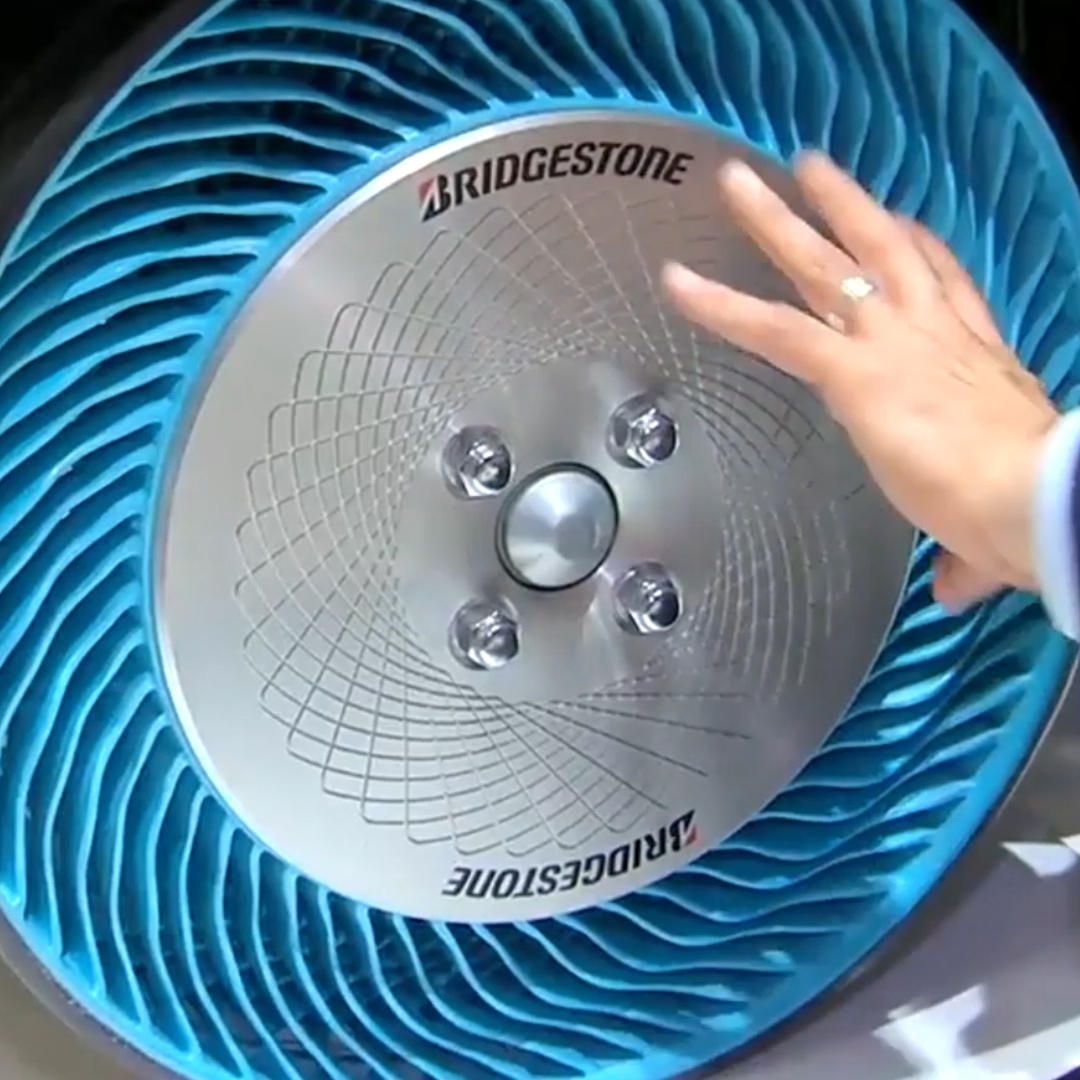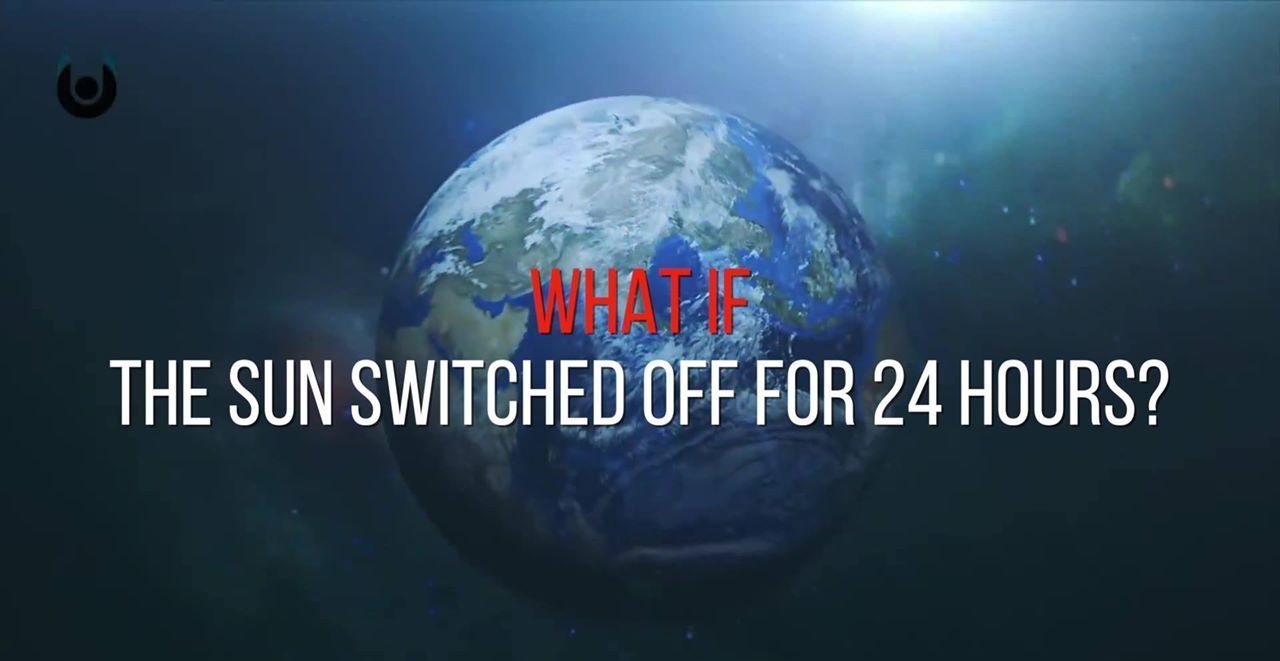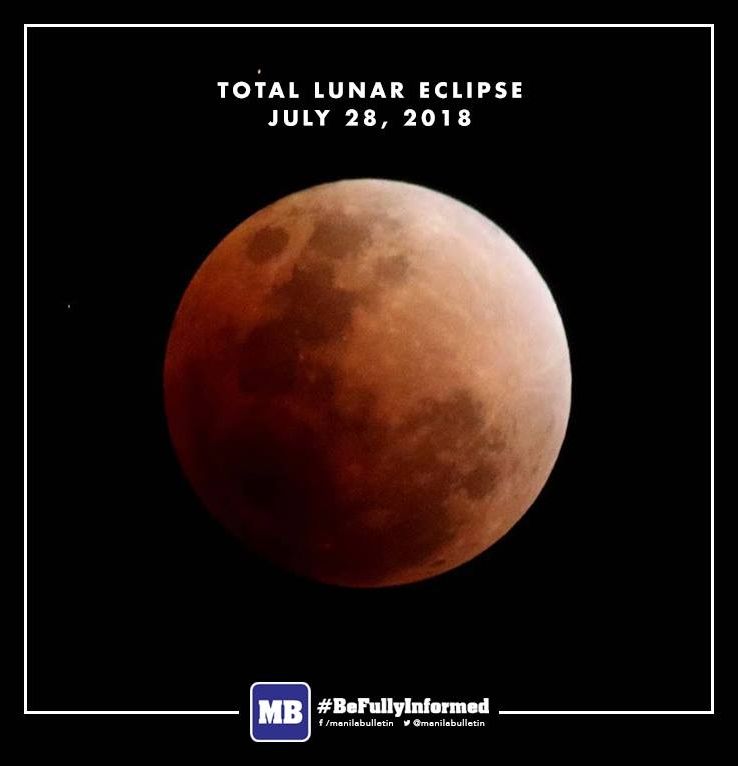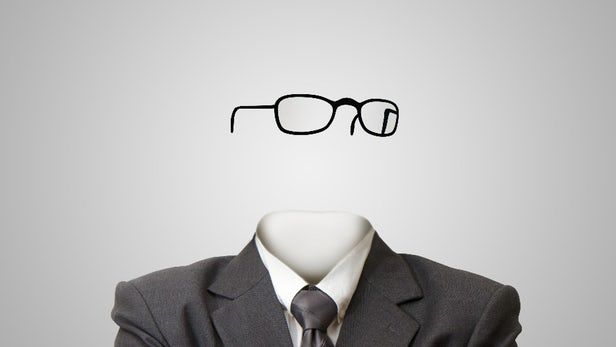It’s not just your car’s wheel that’s getting an upgrade. From bikes to NASA rovers, there’s a wheel of the future for everyone.





Is life extension at… odds with probability?
Does probability ensure that you will die, no matter what, once you are old enough? Does it throw the ultimate spanner in the works of life extension? The answer is not as clear-cut as you might think.
Recently, a study from Sapienza University in Italy has revived the idea of the so-called “mortality plateaus”—the apparent flattening of mortality rates in people aged above 100, suggesting that the maximum mortality rate of such people is 50% at age 105 [1]. However, even if this mortality rate remained constant for as long as you lived, you’d still be overwhelmingly likely to die relatively soon.
What may be even more disheartening is that, if you had a constant, larger-than-zero probability of dying, then no matter how small it was, you’d be overwhelmingly likely to die past a certain point in time, be it even billions of years into the future. As a matter of fact, over an infinite time, that probability would be exactly 100%. However, the situation is not as dire as it seems.


On July 28, 2018, we will witness the #TotalLunarEclipse at 1:13 AM (Philippine Standard Time), and it will last for approximately 4hrs. and 30mins.
Mark the date! 🌔.

If you think we have problems now, just wait a few billion years, when the accelerating expansion of the Universe triggers an energy crisis of cosmological proportions. Sounds grim, but as a new paper points out, an advanced civilization faced with doom won’t have to go gently into that good night—there may very well be a way to rage against the dying of the light.
Owing to the inexorable influence of dark energy, the space in our Universe is expanding at an accelerating rate. We don’t need to worry about this right now, but for those civilizations still around tens of billions of years from now, it’ll probably be a major headache. By this stage, galaxies outside of our Local Group—a conglomeration of about 54 nearby galaxies—will be moving away from us faster than their light can reach us, making them completely inobservable, and by consequence, utterly inaccessible.

Brilinta fits a pattern of what might be called pay-later conflicts of interest, which have gone largely unnoticed—and entirely unpoliced. In examining compensation records from drug companies to physicians who advised FDA on whether to approve 28 psychopharmacologic, arthritis, and cardiac or renal drugs between 2008 and 2014, Science found widespread after-the-fact payments or research support to panel members. The agency’s safeguards against potential conflicts of interest are not designed to prevent such future financial ties.
Science investigation of journal disclosures and pharmaceutical funding records shows potential influence on physician gatekeepers.

The concept of an invisibility cloak sounds like pure science fiction, but hiding something from view is theoretically possible, and in some very-controlled cases it’s experimentally possible too. Now, researchers have developed a new device that works in a completely different way to existing cloaking technology, neatly sidestepping some past issues and potentially helping to hide everyday objects under everyday conditions.
We see objects because light bounces off them in a particular way before landing on your retinas, and they get their colors by reflecting more light of that particular color. The basic concept of cloaking objects involves finding ways to disrupt that process and build them into devices or metamaterials.